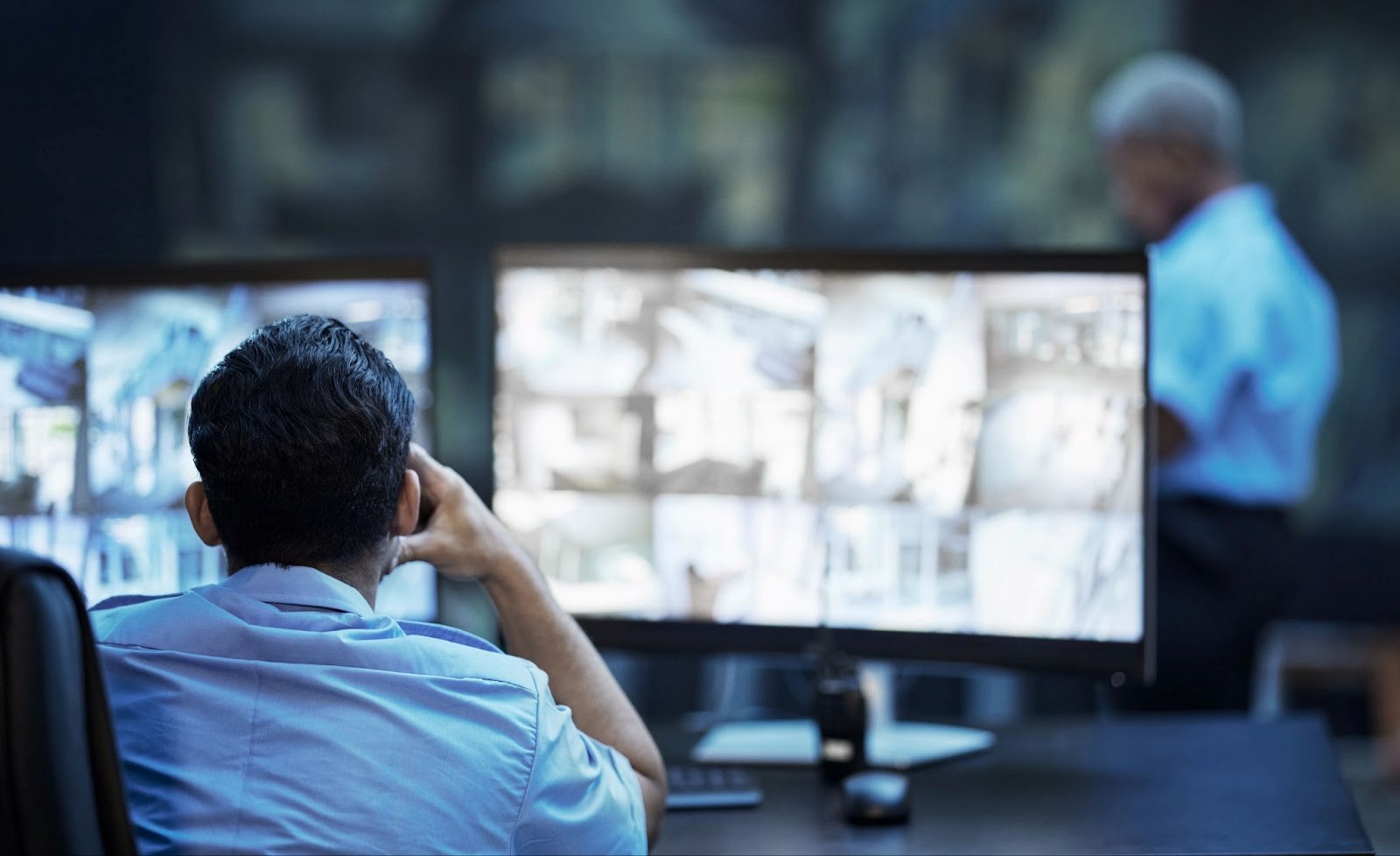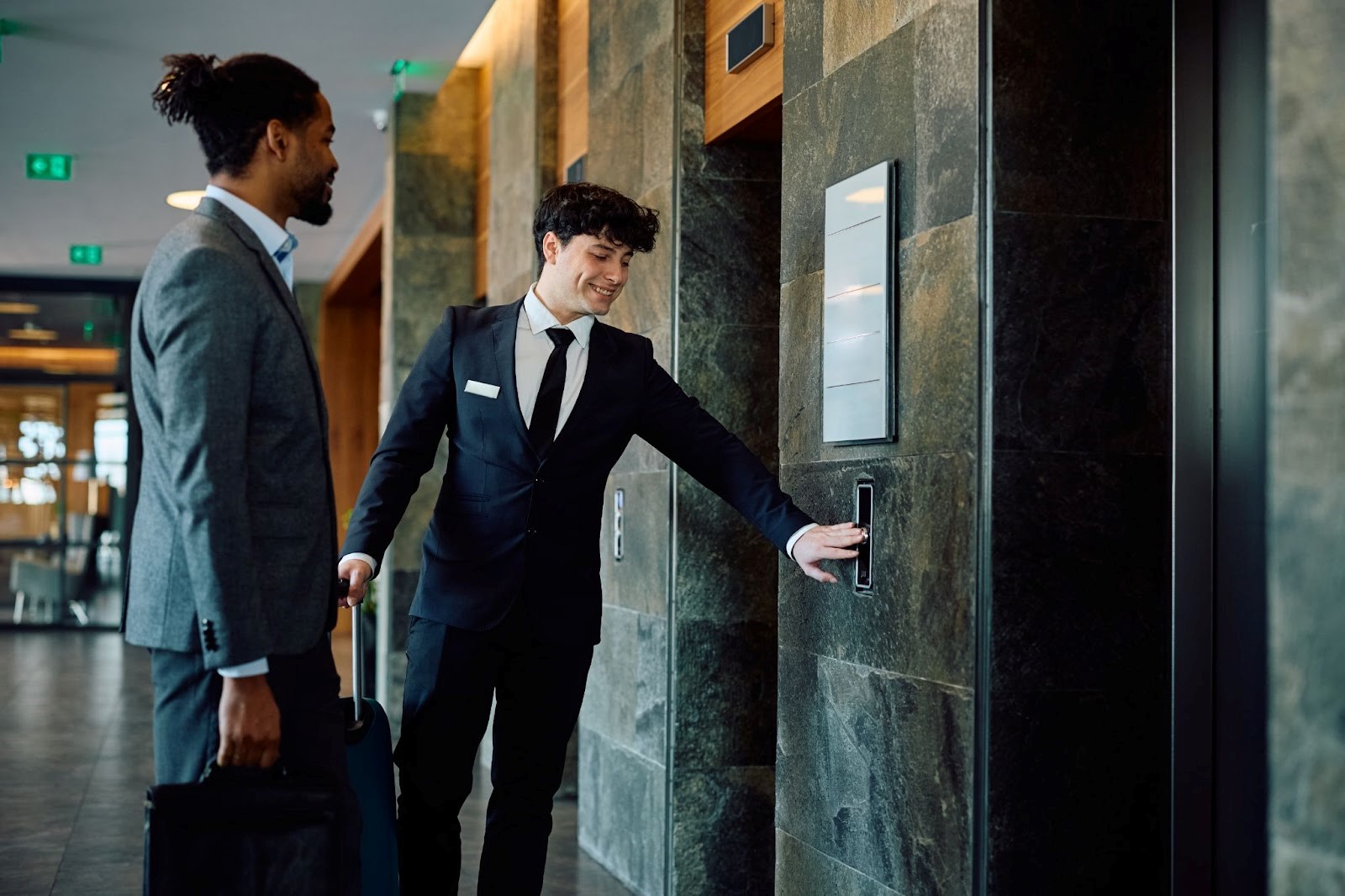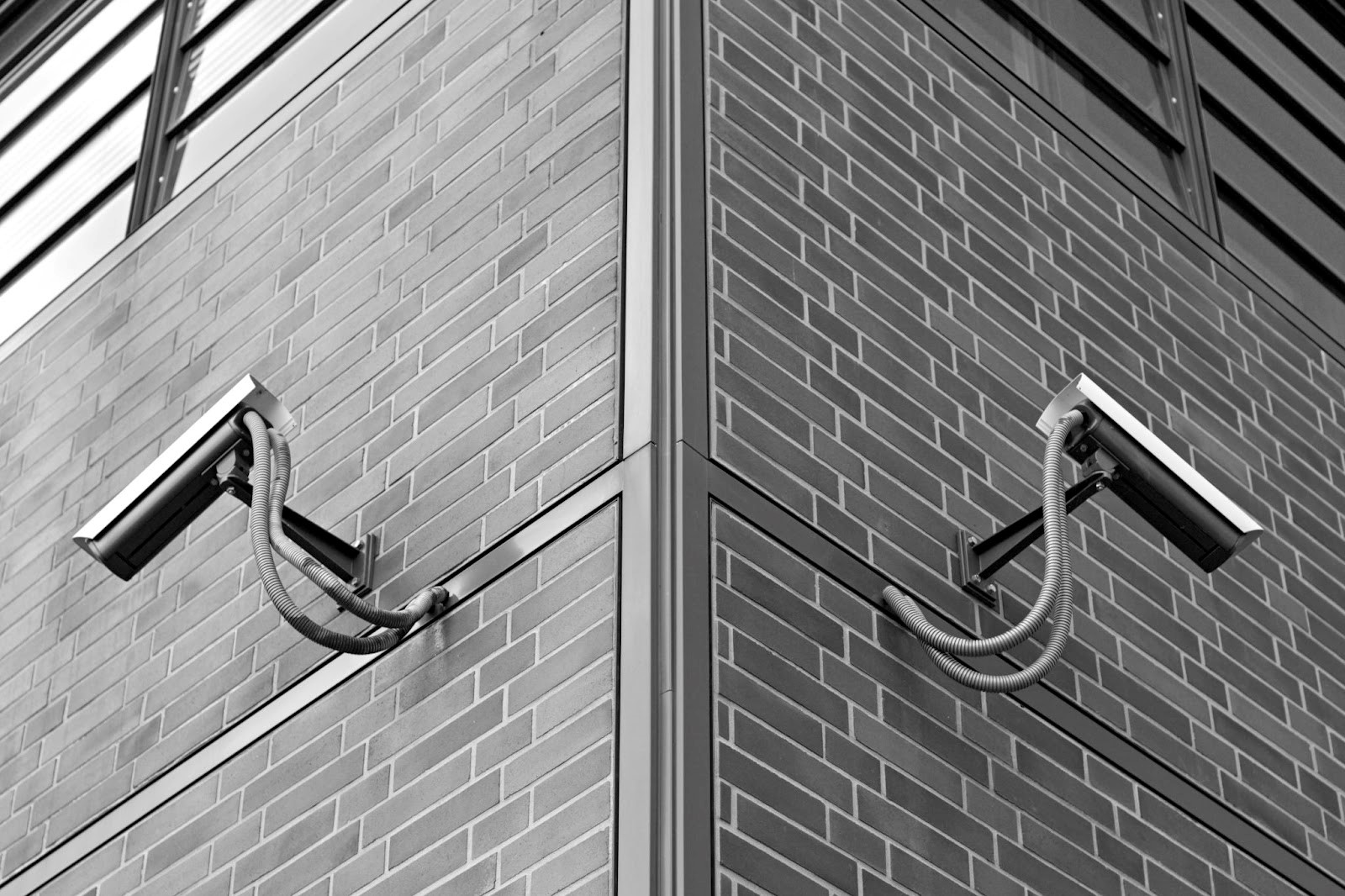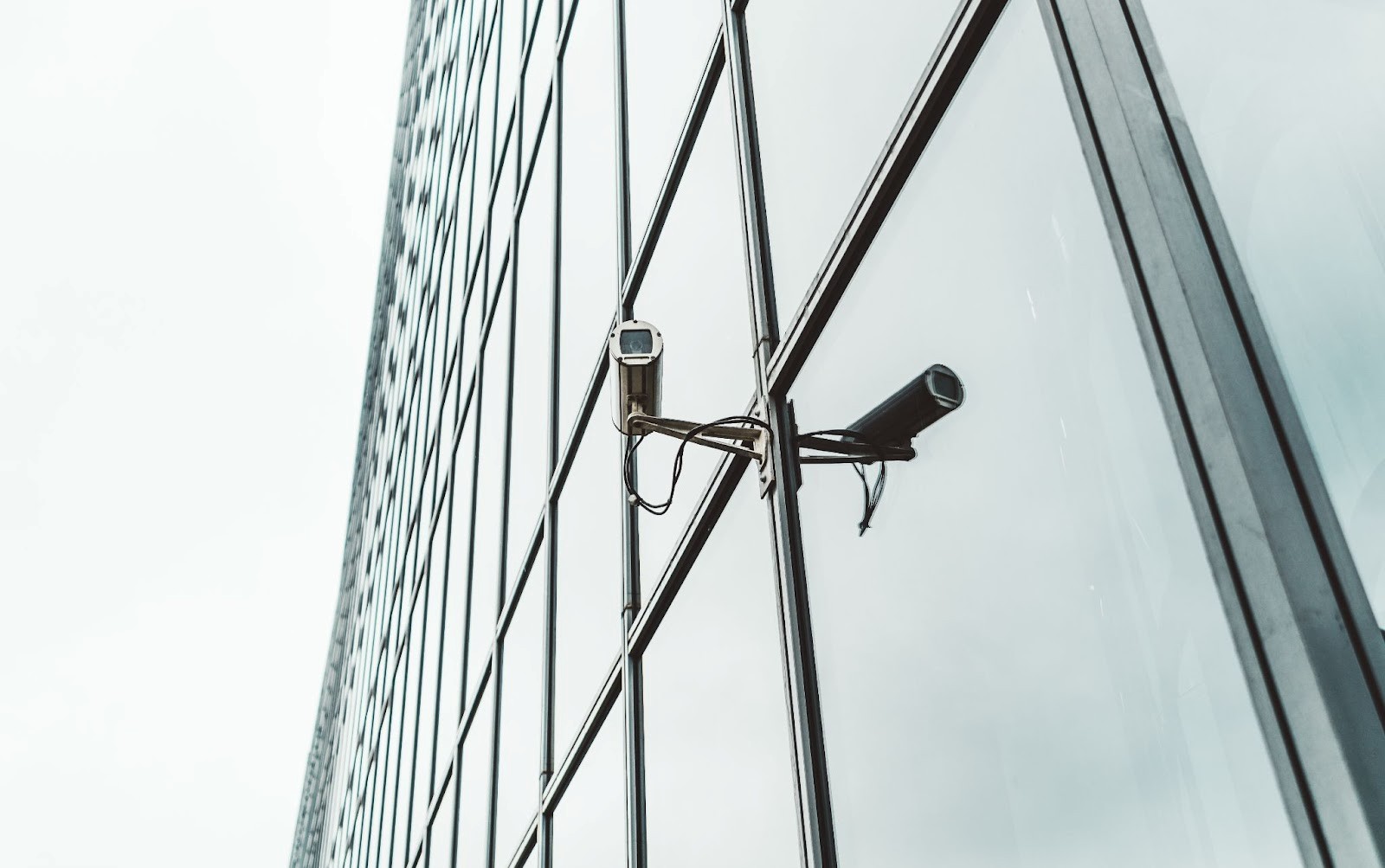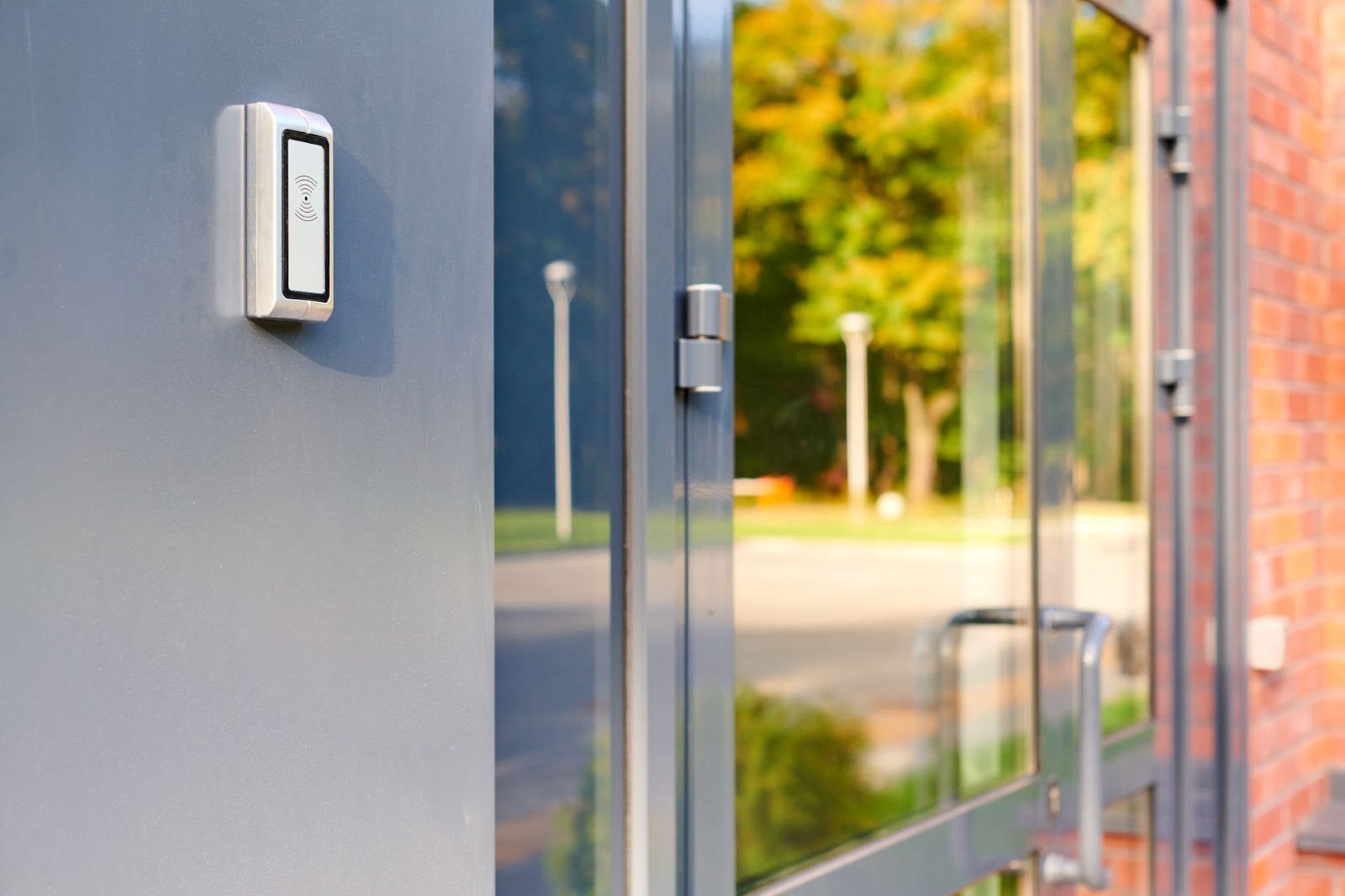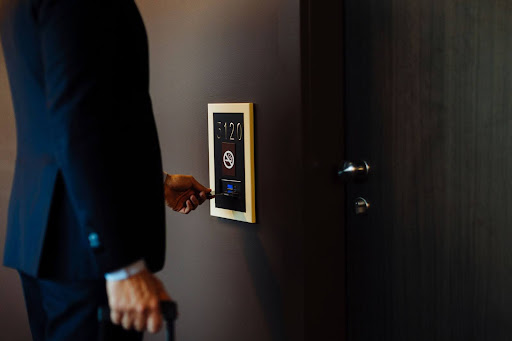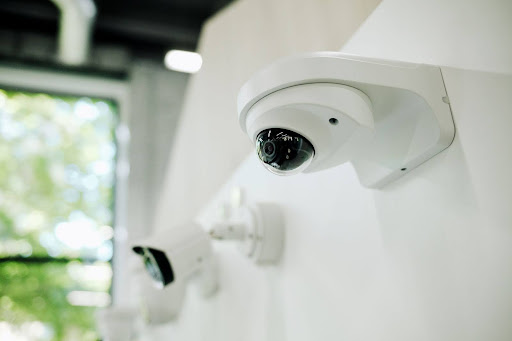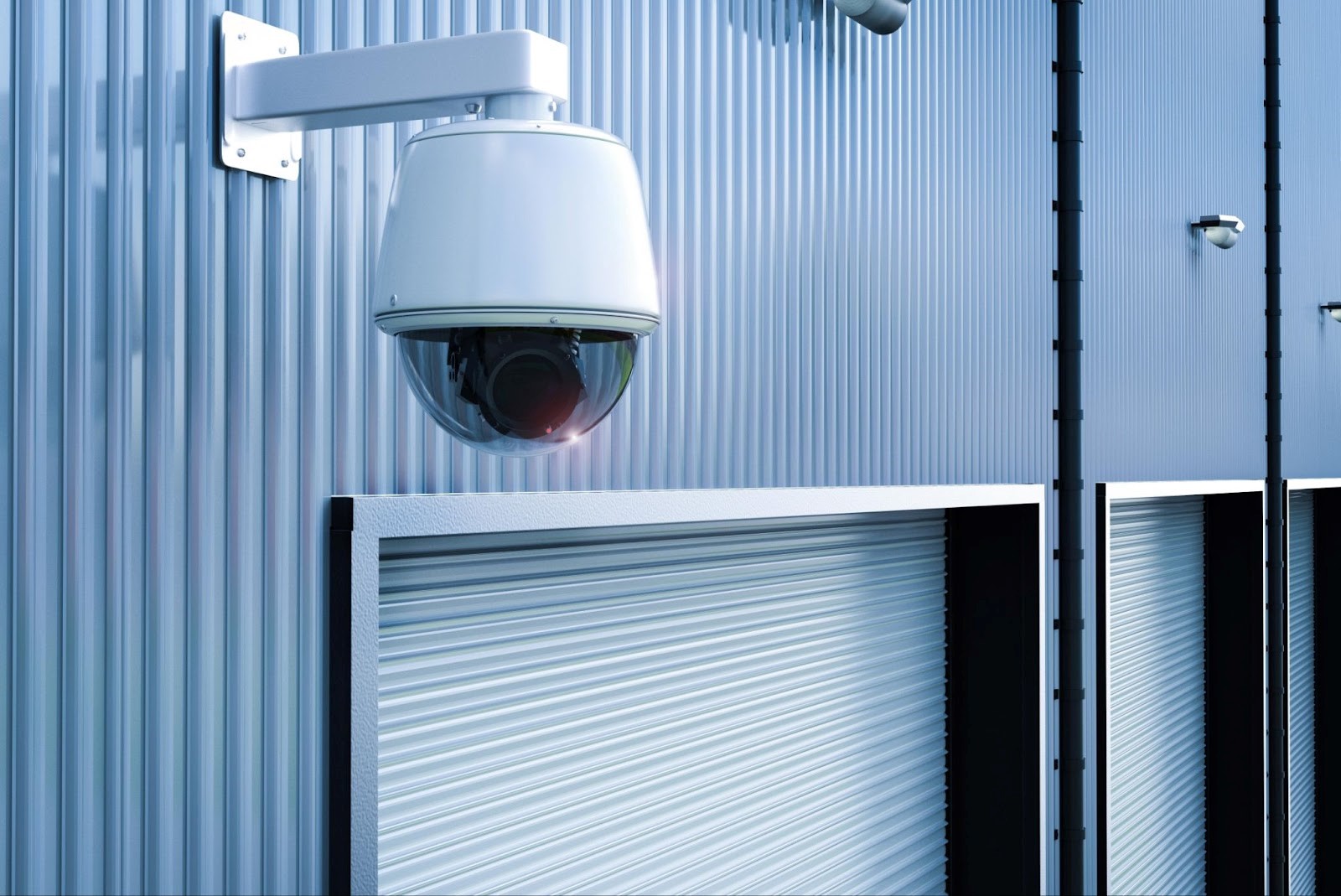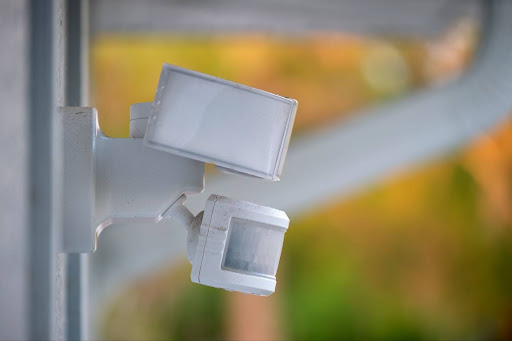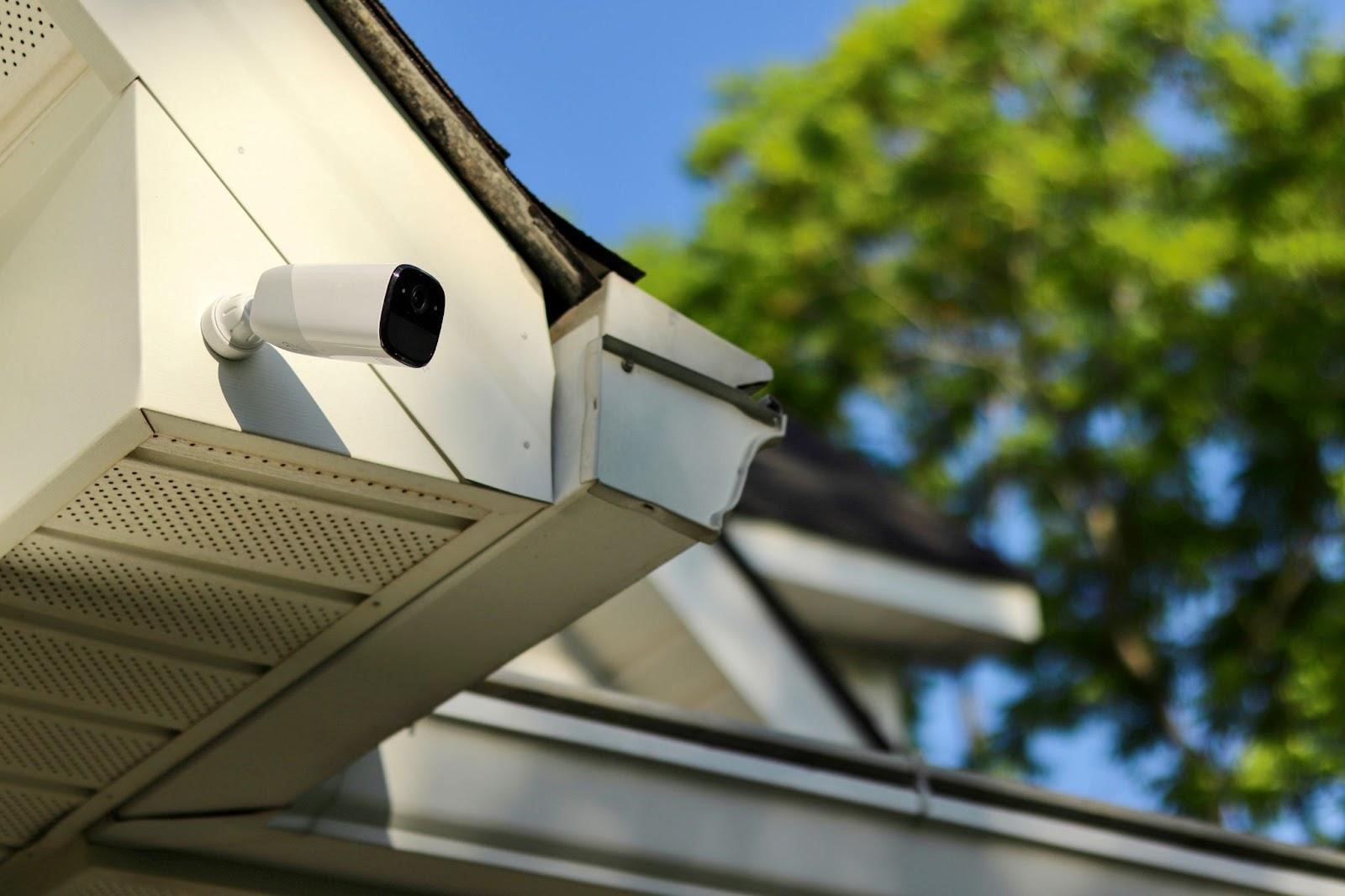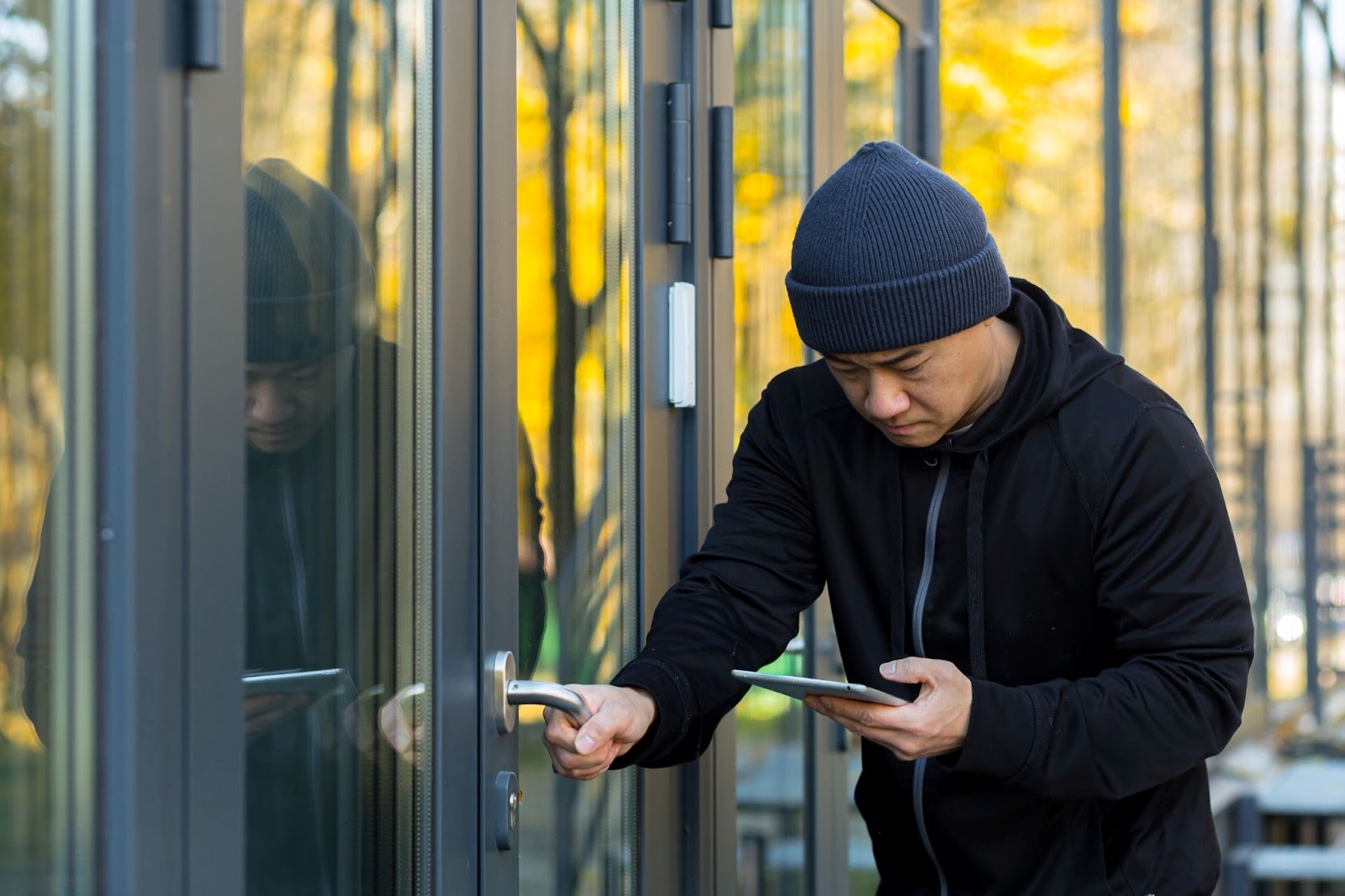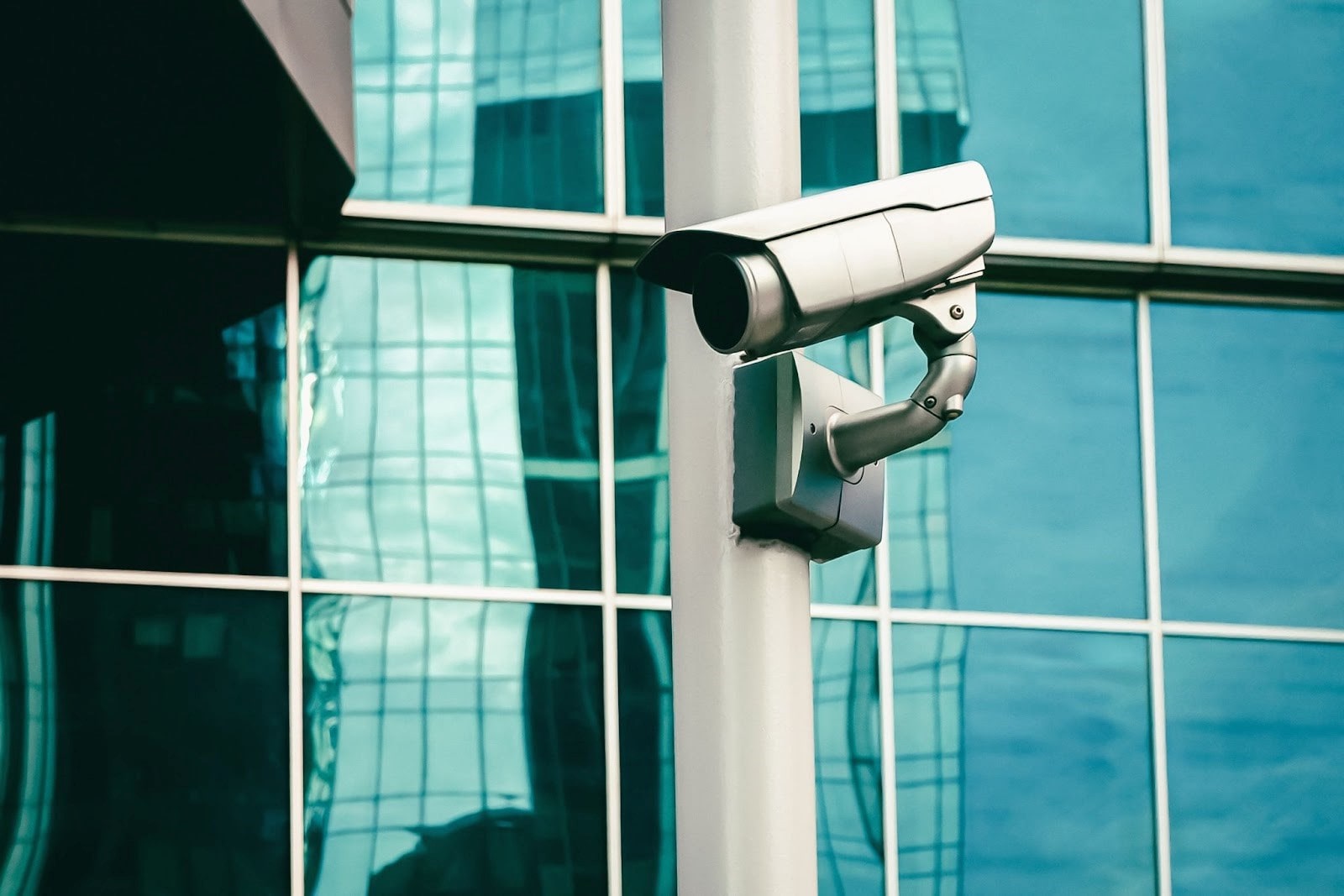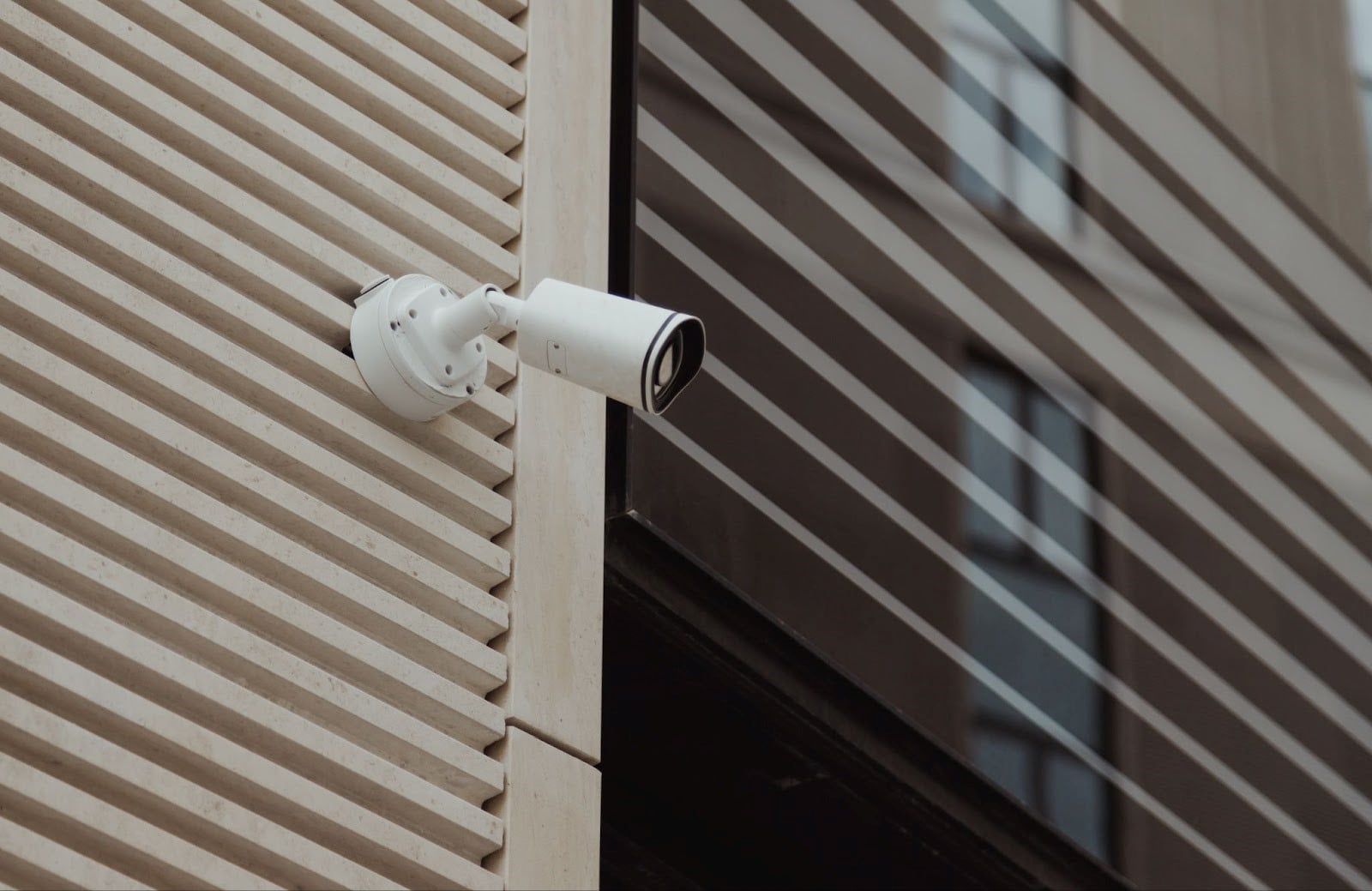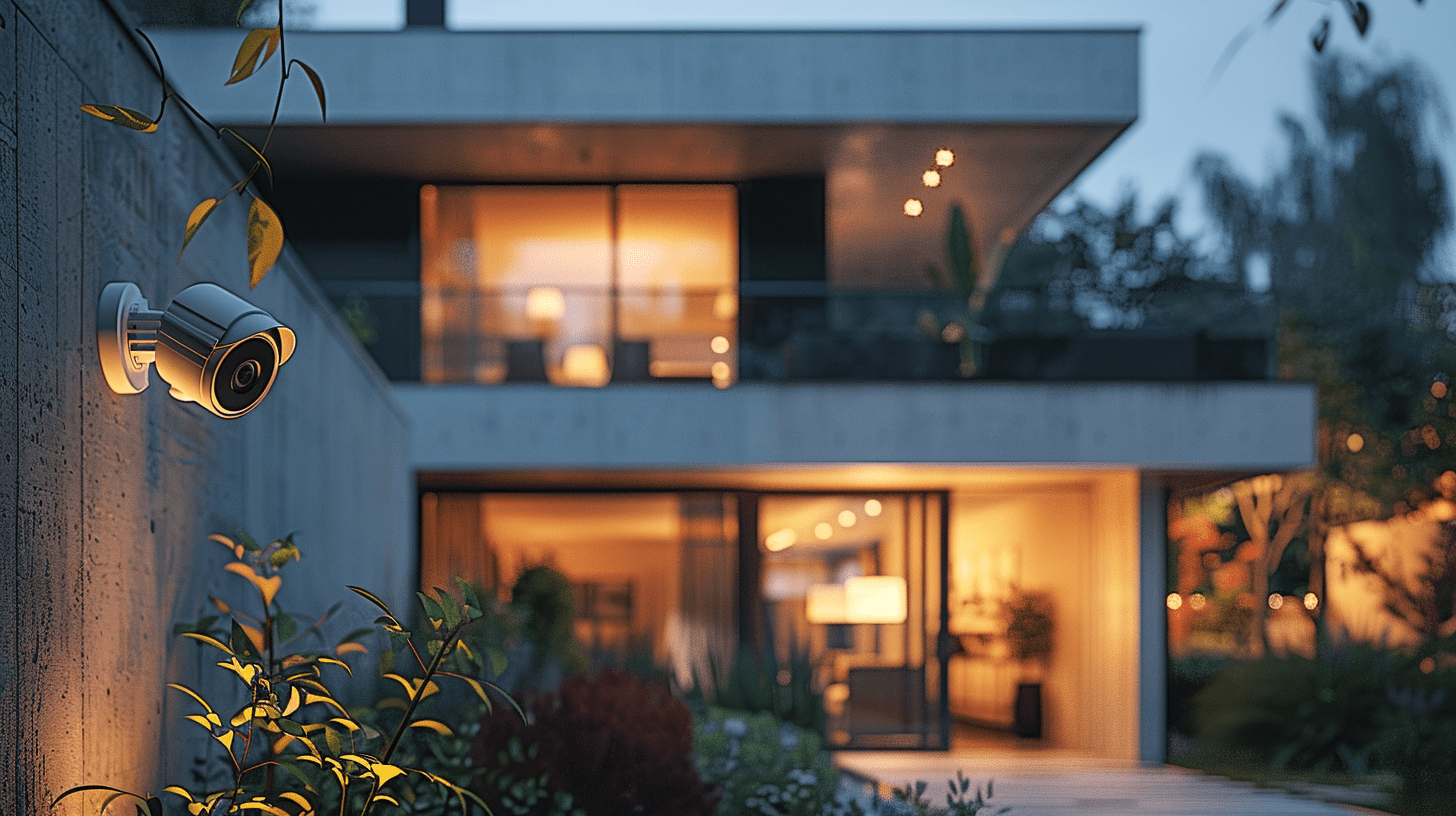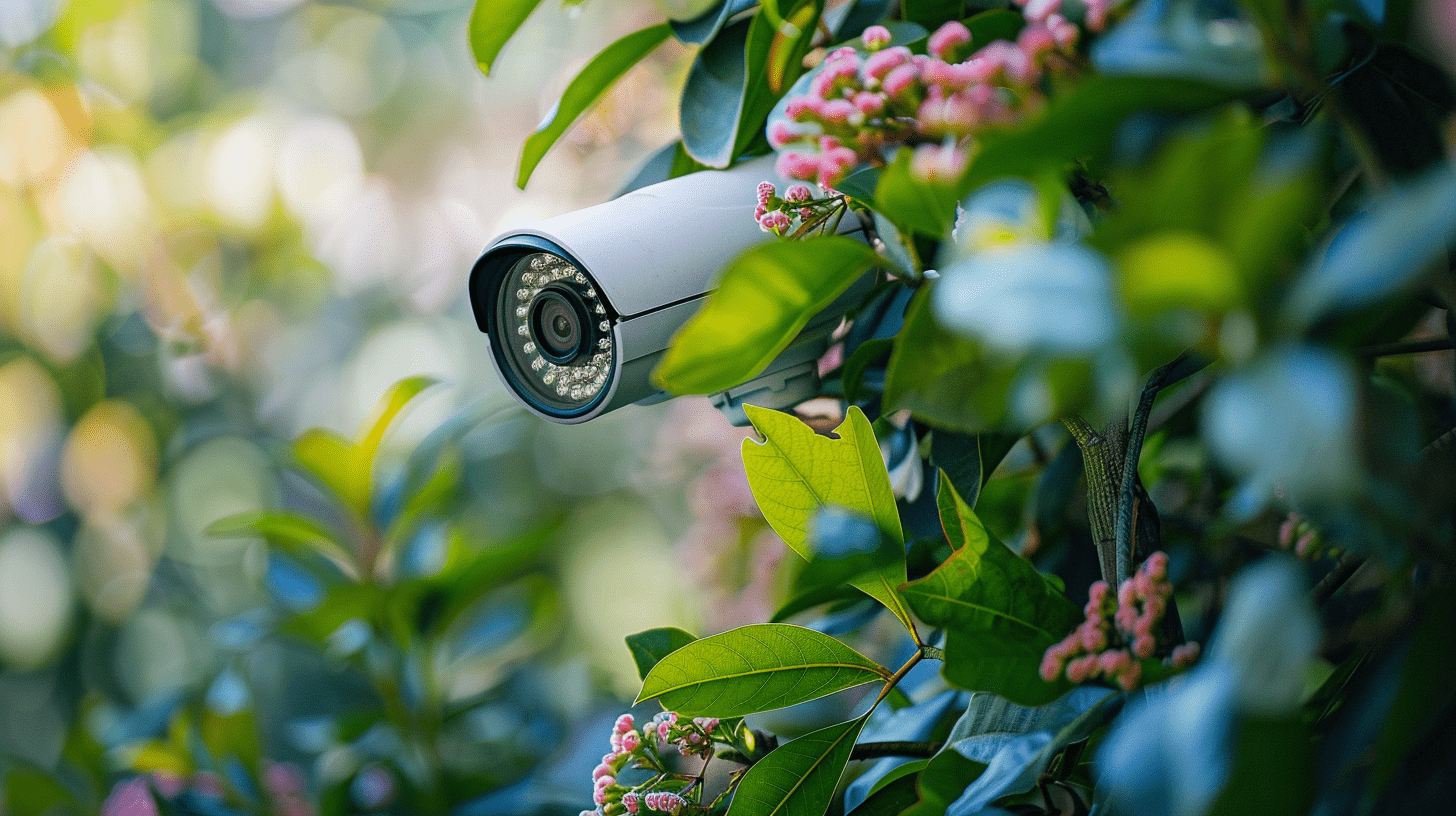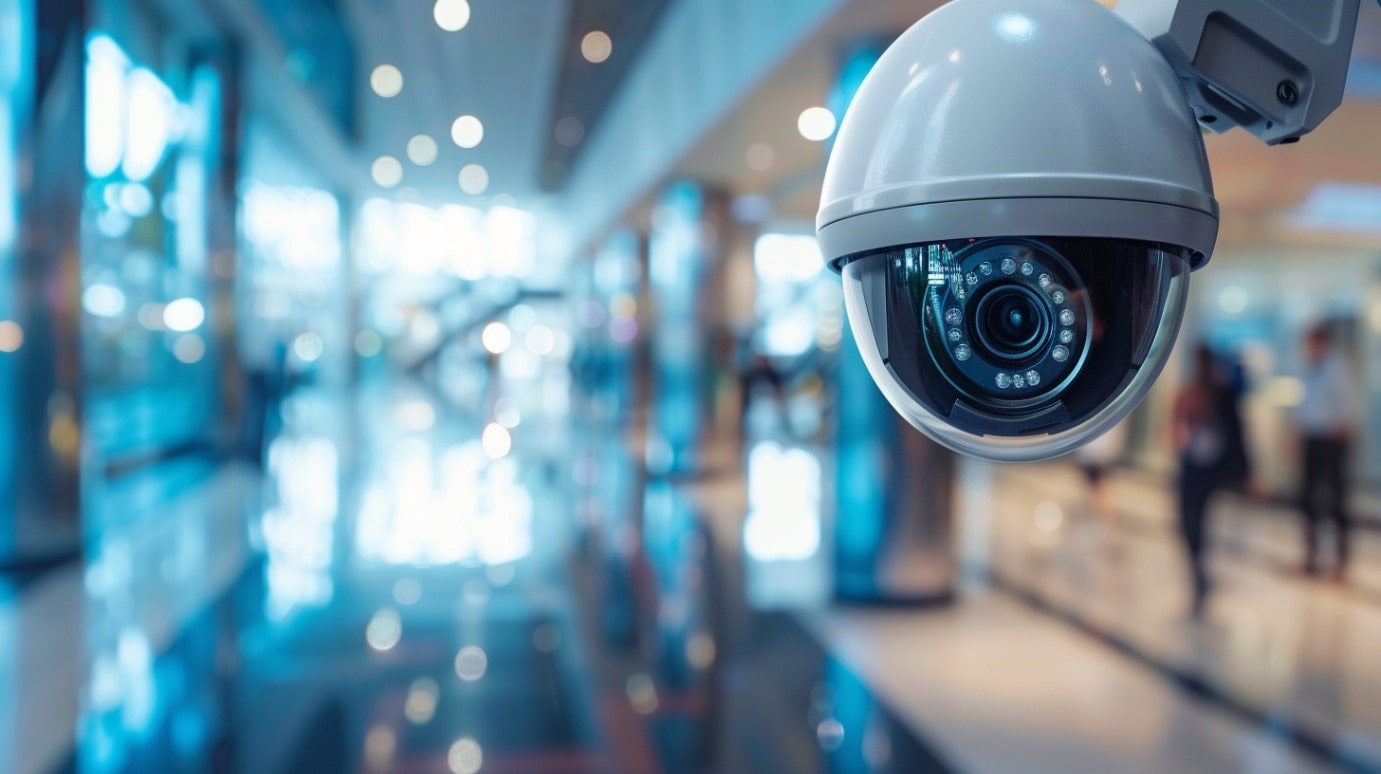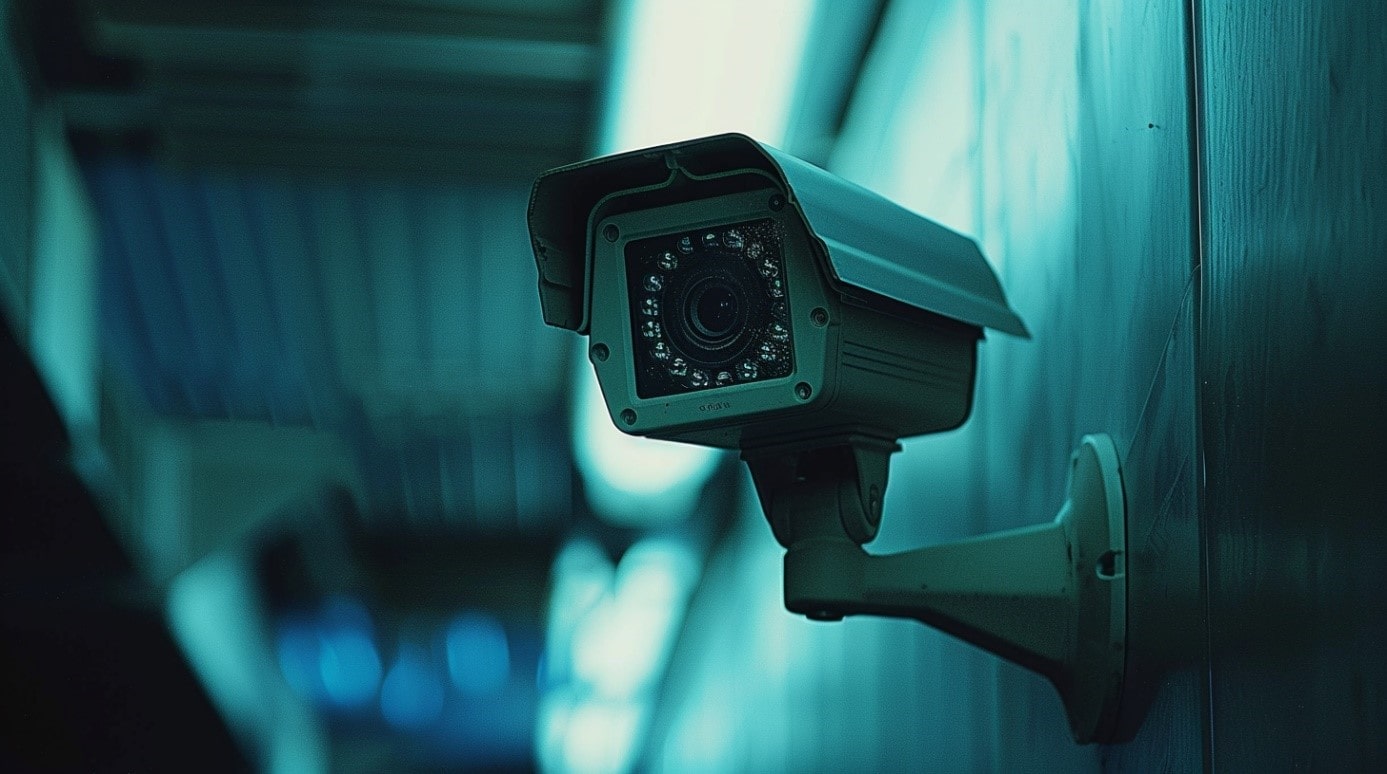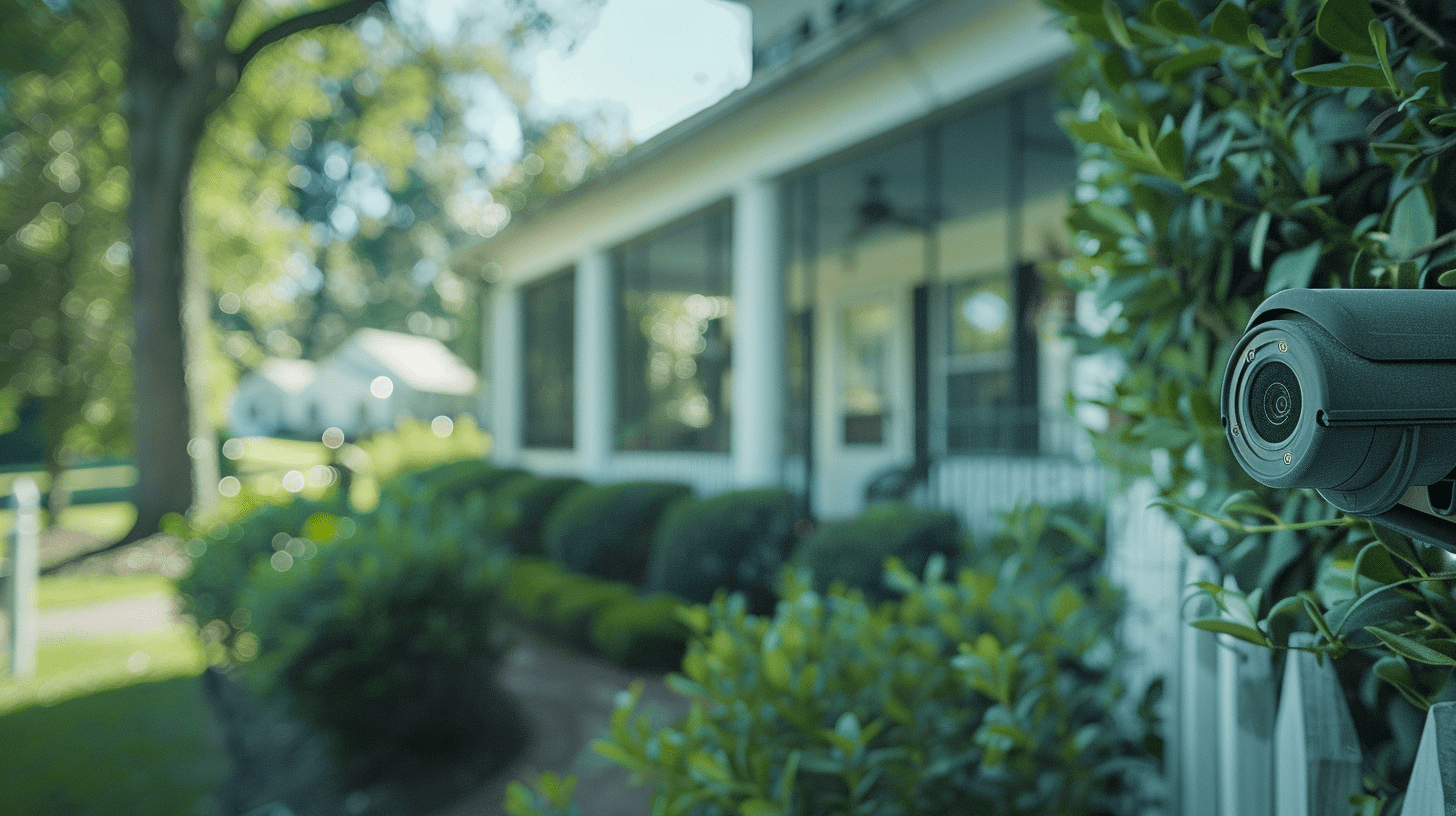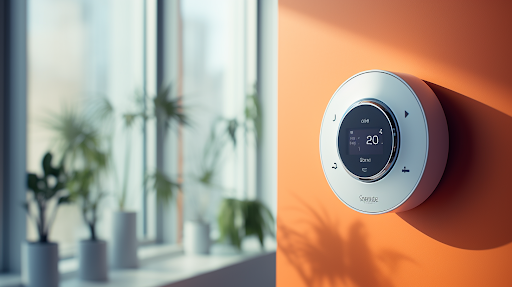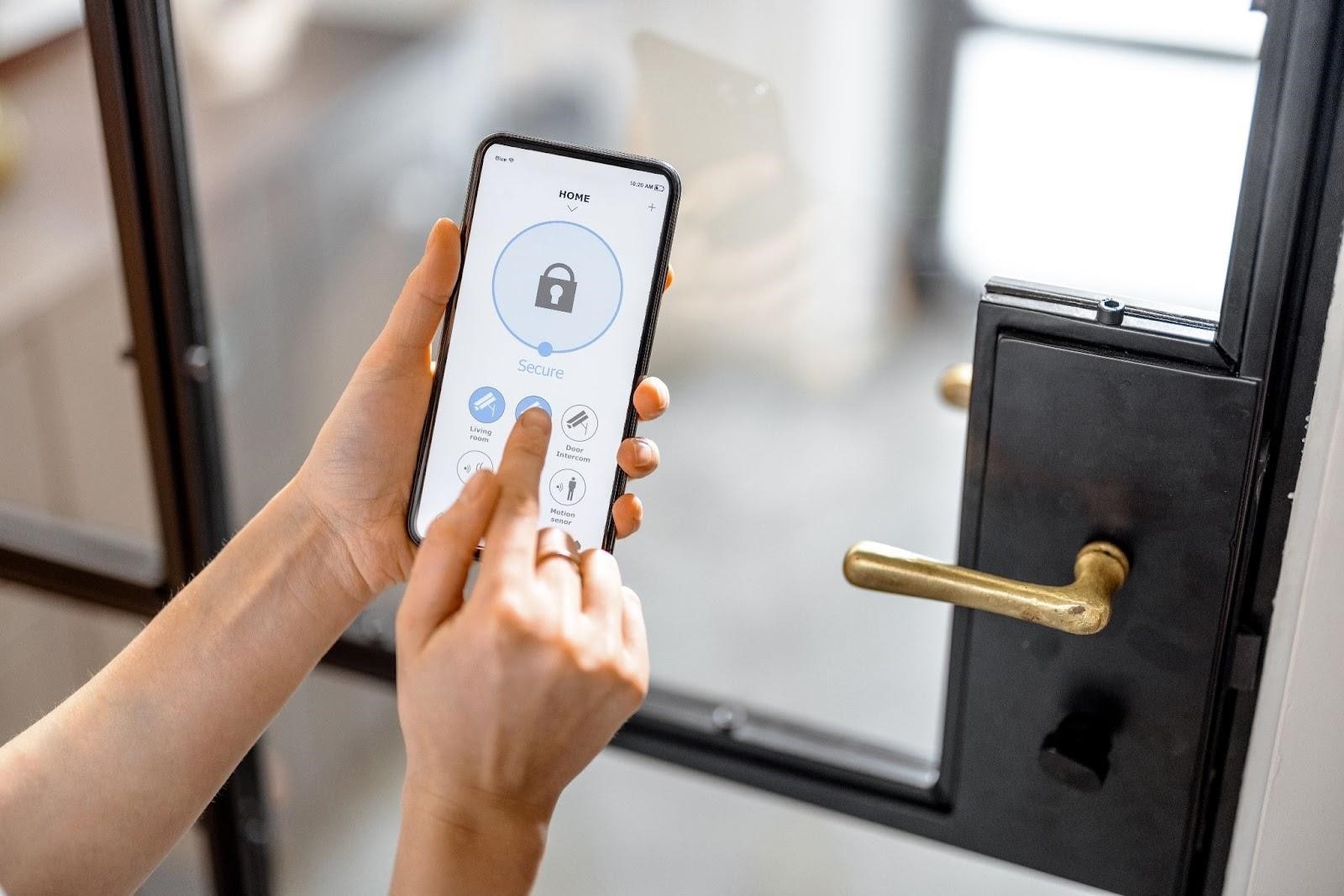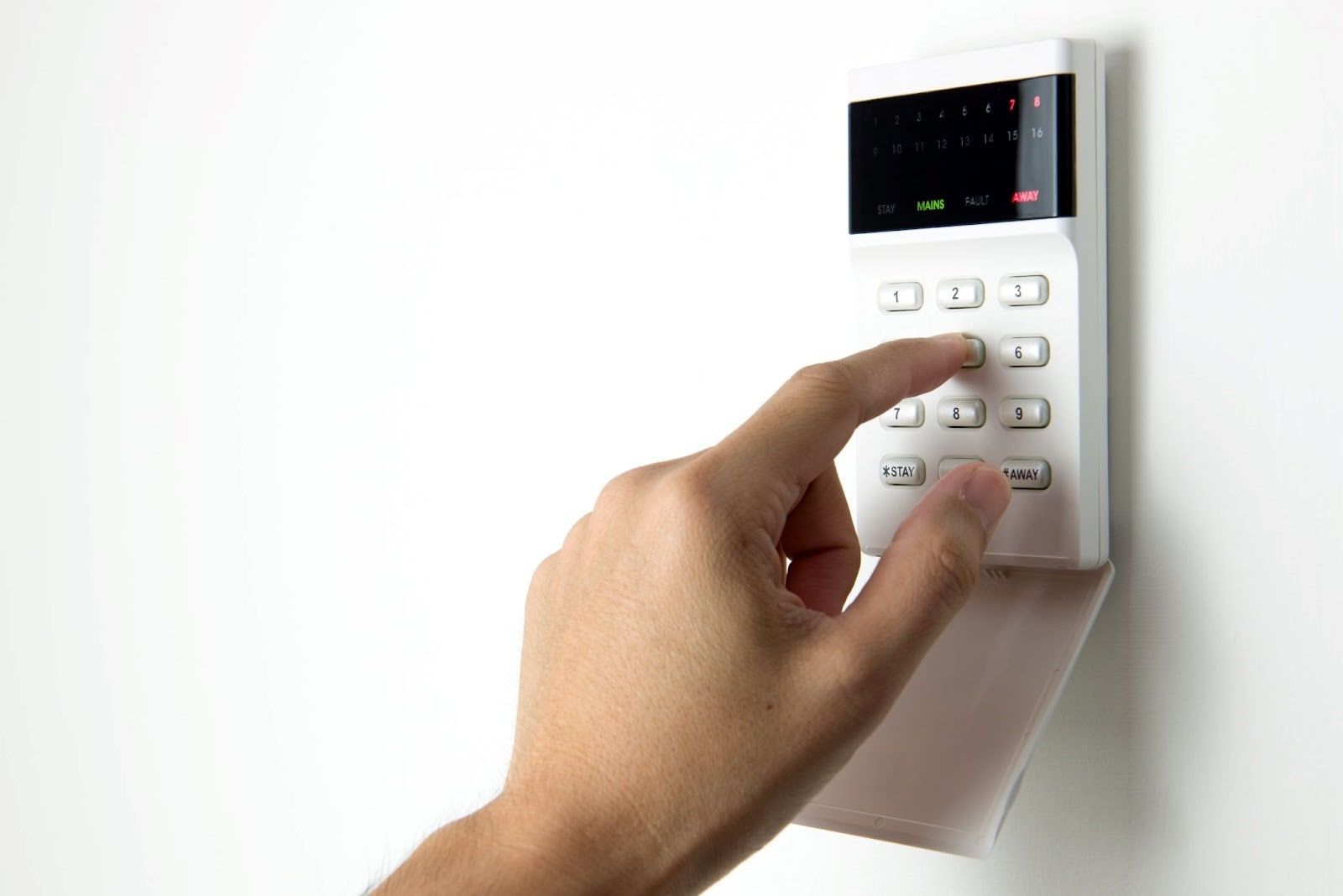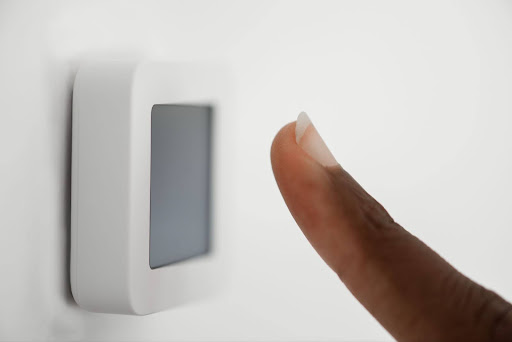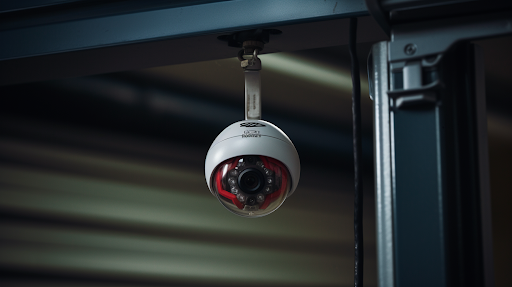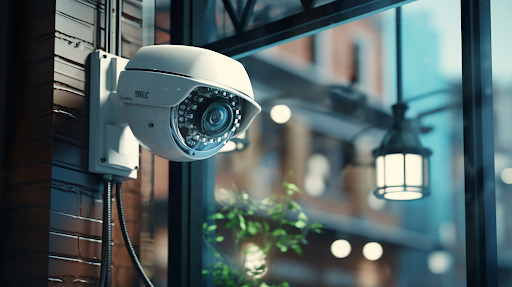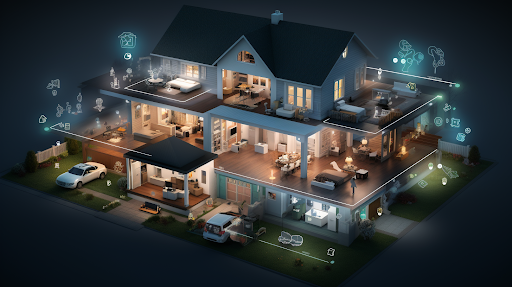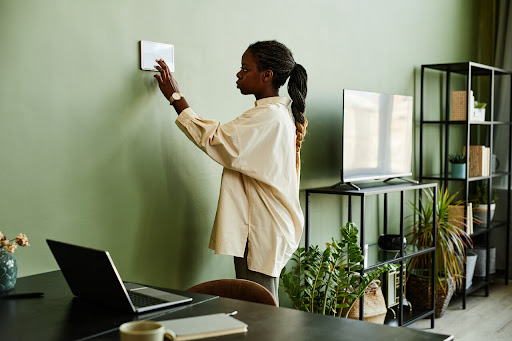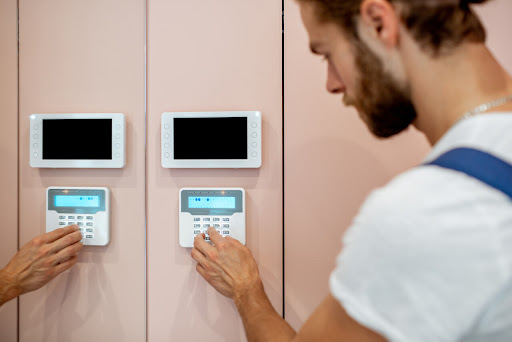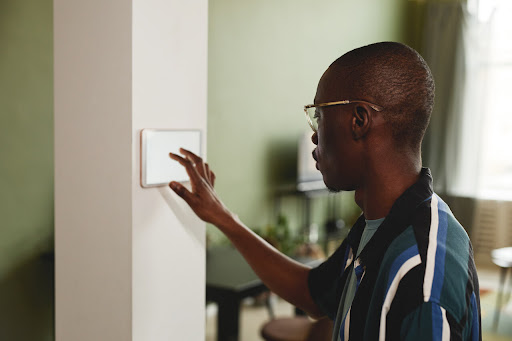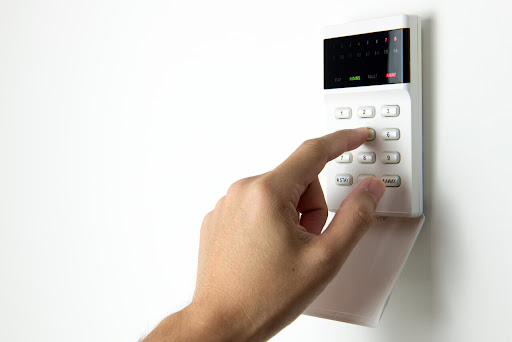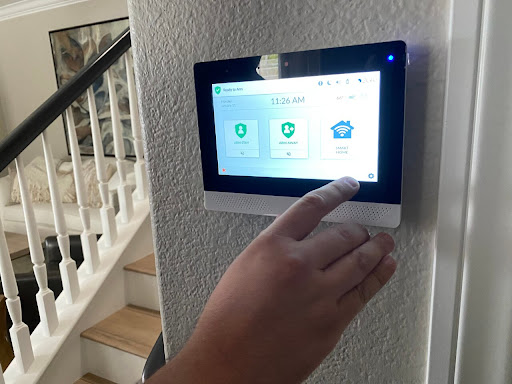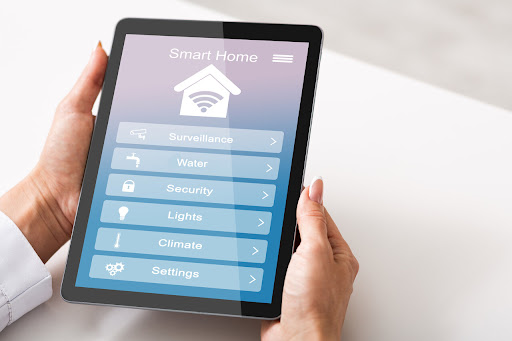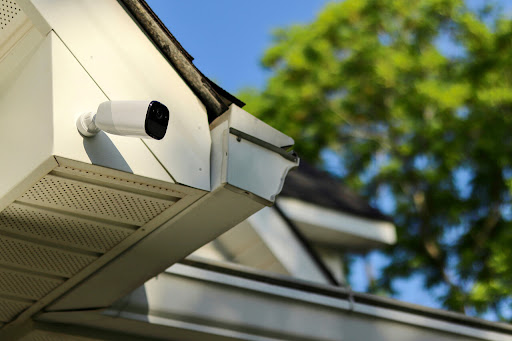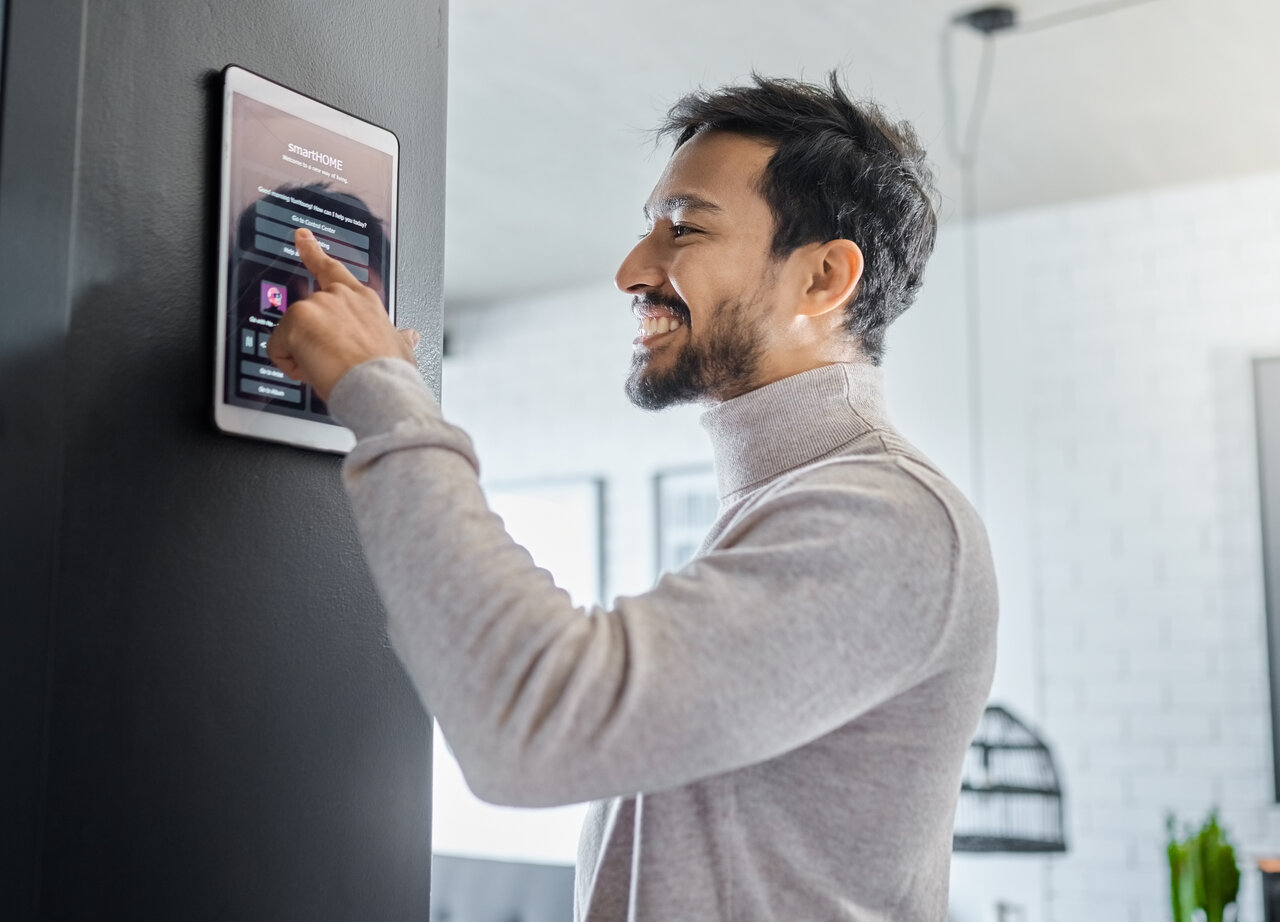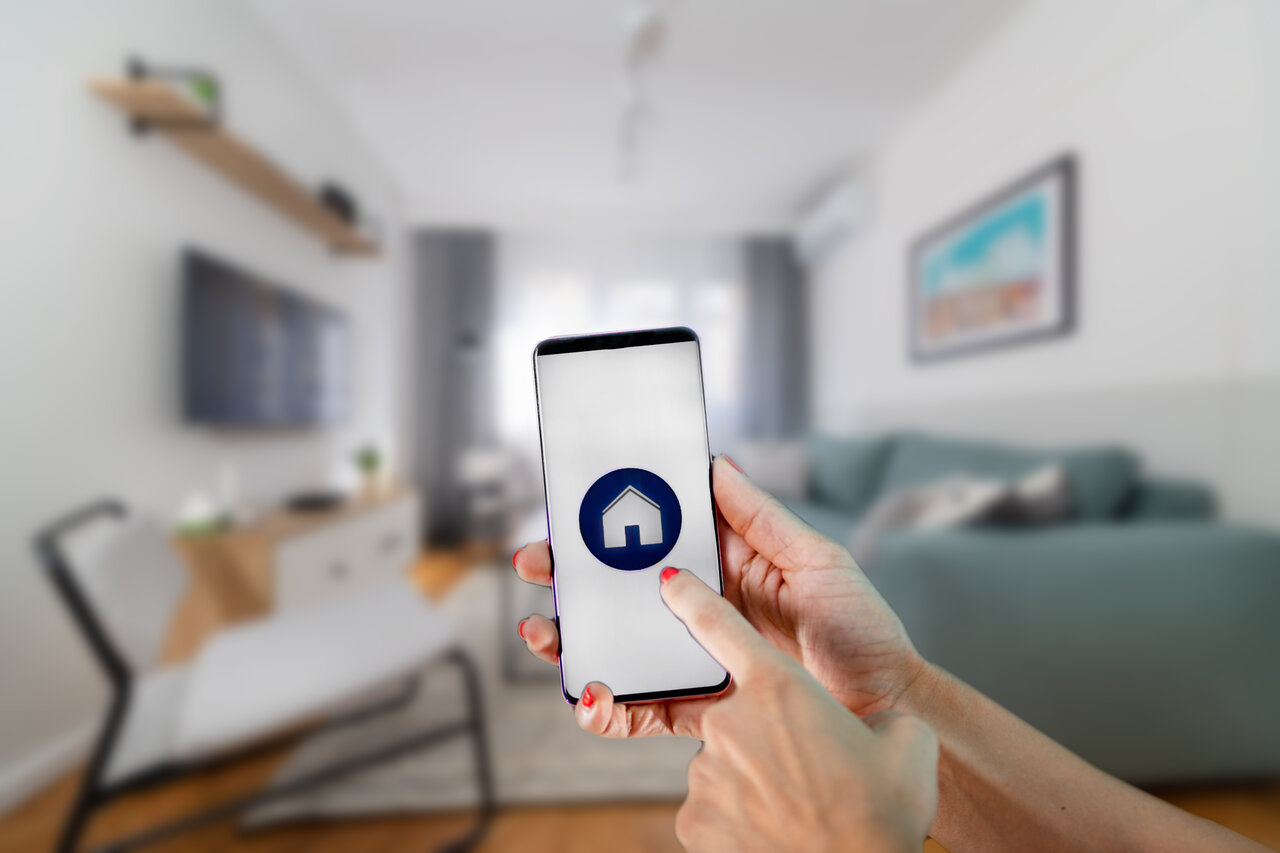
What Is Retail Security? A Comprehensive Guide for Retail Businesses
Sommaire
- What is Retail Security?
- Common Threats in Retail Settings
- Key Components of Retail Security: What You Need to Keep Your Business Safe
- Surveillance Systems for Retail Security
- Duties of a Retail Security Officer
- Mobile Security Patrols
- Loss Prevention Strategies
- Employee Training and Engagement
- Access Control Systems
- What are the Benefits of Comprehensive Retail Security?
- 1. Theft Prevention and Loss Reduction
- 2. Enhanced Customer and Employee Safety
- 3. Improved Business Operations and Efficiency
- 4. Faster Response to Security Incidents
- 5. Stronger Brand Reputation and Customer Trust
- The Best Security System for Retail Stores
In today’s fast-paced retail industry, ensuring a safe shopping environment is more important than ever. As retail businesses face a variety of threats ranging from shoplifting and internal theft to security breaches and fraudulent activities, retail security has become a critical aspect of day-to-day operations. This guide explains what retail security entails, the strategies used, and the benefits of creating a secure and positive environment for both customers and employees.
What is Retail Security?
Retail security is the comprehensive framework of physical, technological, and procedural measures implemented to safeguard retail environments—including merchandise, employees, customers, and infrastructure—from theft, fraud, vandalism, and other security threats. Its primary goals are to reduce inventory shrinkage, deter criminal behavior, maintain public safety, and ensure business continuity.
An effective retail security strategy integrates physical deterrents (e.g., CCTV surveillance, electronic article surveillance tags, alarm systems, and security personnel) with operational practices such as employee training, customer service techniques, incident response protocols, and data-driven loss prevention policies.
Common Threats in Retail Settings
- Shoplifting and External Theft: Shoplifting is one of the most prevalent security challenges in retail, resulting in billions of dollars in inventory losses annually. Visible security measures such as video surveillance and uniformed security officers act as effective deterrents.
- Internal Theft and Employee Misconduct: Theft by employees can often have a greater financial impact than external theft due to insider knowledge and access. Mitigating this risk requires robust loss prevention strategies, including regular inventory audits, surveillance, and comprehensive employee training.
- Fraudulent Activities: Retailers face a range of fraud-related threats, including return fraud, payment fraud, and counterfeit currency. Prevention depends on a combination of vigilant employee practices, advanced surveillance systems, and real-time transaction monitoring.
- Unsafe Situations and Emergencies: Medical incidents, natural disasters, and aggressive or confrontational behavior pose risks to staff and customers. Properly trained security personnel are essential for managing emergencies quickly, ensuring safety, and maintaining order.
Key Components of Retail Security: What You Need to Keep Your Business Safe
Retail security involves more than just having a guard at the door—it’s a layered approach designed to protect your business from theft, fraud, and safety threats. Understanding the key components helps create a safer environment for staff and customers while supporting smoother operations and long-term success in today’s retail landscape.
Surveillance Systems for Retail Security
Surveillance systems are a critical part of any retail security strategy. They deter theft, enhance loss prevention, support business operations, and protect both assets and people. Sting Security’s commercial-grade solutions offer advanced features designed for retail businesses that need comprehensive, scalable, and reliable surveillance systems for a safe shopping environment.
Here are some of the key aspects you’ll find in Sting’s comprehensive surveillance system:
- High-Definition Video Monitoring: Capture detailed footage of all retail environments, helping identify suspicious activity, monitor employee activity, and document security incidents with clarity.
- Video Analytics for Theft Detection: Advanced analytics automatically detect theft patterns, monitor blind spots, and alert teams to theft attempts, improving your theft prevention strategies.
- Real-Time Alerts and Remote Monitoring: Receive instant alerts to mobile or desktop devices for faster response to incidents. View live feeds from any retail location for full oversight.
- Integration with Alarm Systems: Connect with Sting’s business alarm systems and intrusion detection for layered protection and seamless response to external threats or internal theft.
Explore Sting Security’s commercial security solutions
Duties of a Retail Security Officer
Retail security guards and retail security officers are essential for maintaining a safe store environment. Uniformed guards provide a visible deterrent, reduce retail theft, and improve customer service. Positioned at entrances or patrolling retail floors, they monitor suspicious activity and help manage confrontational situations professionally and discreetly.
Mobile Security Patrols
Mobile security patrols provide dynamic and adaptable protection in retail environments, particularly in large complexes and shopping centers. By conducting routine patrols throughout the day and night, they help identify security vulnerabilities, deter theft, and report safety hazards. Their mobility enables rapid response to incidents, enhancing both customer and employee safety.
Loss Prevention Strategies
Retail loss prevention is vital for minimizing inventory shrinkage and reducing financial losses. Strategies include employee monitoring, implementing security tags, alarms and enforcing access control systems. Dedicated loss prevention teams identify theft patterns and develop a retail security plan tailored to the store layout, merchandise type, and known retail theft risks.
Employee Training and Engagement
Proper employee training is a pillar of effective retail security measures. A well-executed in-house training program teaches staff to recognize suspicious activity, properly use security technologies, and follow set protocols. Regular staff activities and education promote a strong security culture, boost employee safety, and build a more collaborative environment.
Access Control Systems
Access control systems prevent unauthorized access to sensitive or restricted areas of the retail location. Using keycard access, biometric authentication, and remote access management, these systems protect back offices, stockrooms, and high-value inventory. Integrated intrusion detection and window sensors alert security to potential issues, boosting overall business operations.
5 key trends reshaping business security
What are the Benefits of Comprehensive Retail Security?
Comprehensive retail security offers numerous benefits, from deterring theft and reducing losses to enhancing the safety of employees and customers. With a robust system in place, businesses can ensure smooth operations, improve customer satisfaction, and create a secure environment that supports long-term success and growth in the retail industry.
1. Theft Prevention and Loss Reduction
A robust retail security system acts as a visible deterrent to shoplifters and dishonest employees. With surveillance cameras and monitoring tools in place, retailers can reduce incidents of theft, ultimately minimizing inventory shrinkage and financial losses. This proactive approach supports long-term loss prevention strategies and preserves profit margins.
2. Enhanced Customer and Employee Safety
Security systems contribute to a safe store environment by monitoring high-risk areas and enabling a fast response to medical emergencies, suspicious activity, or confrontational situations. A safer space promotes customer satisfaction and supports a positive work environment, improving employee morale and creating a more welcoming environment for customers.
3. Improved Business Operations and Efficiency
Surveillance systems do more than monitor threats—they provide insights into customer flow, staff performance, and operational efficiency. By identifying bottlenecks or unproductive behaviors, management can optimize store layouts, improve customer service, and streamline retail operations for a smoother, more effective shopping experience across all retail locations.
4. Faster Response to Security Incidents
Modern systems with real-time alerts, remote monitoring, and integration with alarm panels enable a quicker response time to threats. Whether it’s a break-in, internal issue, or natural disaster, connected systems help mitigate damage, lower insurance claims, and ensure timely, accurate reactions that safeguard assets and people.
5. Stronger Brand Reputation and Customer Trust
A well-protected retail environment reassures customers and encourages return visits. A visible security presence, along with behind-the-scenes systems, shows a commitment to safety and professionalism. This builds trust, strengthens brand reputation, and positions your business as a responsible, customer-focused leader within the retail industry.
Are businesses required to have video surveillance? Here’s what the law says
The Best Security System for Retail Stores
At Sting Security, we provide advanced commercial security systems tailored to meet the unique needs of each business we work with. Our integrated solutions combine surveillance, access control, and alarm technology to help create a safer, more efficient environment.
With a focus on reliability and professional service, we ensure every system is designed for long-term protection and smooth day-to-day operations. Whether you’re managing one site or multiple locations, we’ll help you build a security plan that fits.





